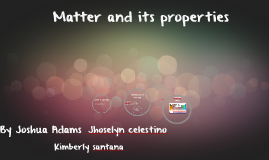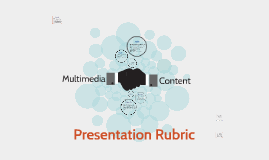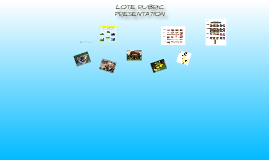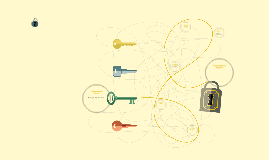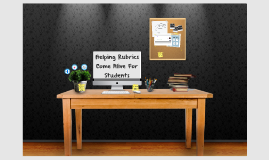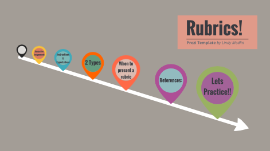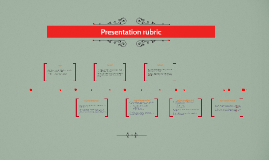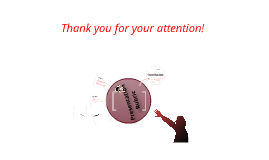Rubric Presentation
Transcript: Rubrics! Prezi Template by Lindy Medlin Why use a Rubric? Which duck is the best? (Wilson, 2016) (Grom, 2009) Subjective Assignments Subjective Assignments: are assignments that require unique individualized responses. RUBRICS: are used for subjective assignments Rubrics: Rubrics help to solve this problem by eliminating bias and creating a measurable standard for subjective assignments (Teachings in Education, 2016). Instructions & Expectations Rubrics: provide instructions and expectations Rubrics also help to prevent confused students by specifying the assignments requirements. (Woman, 2011) (Morett, 2017) Rubrics help the teacher to make sure they don't forget to mention any instructions. 2 Types 2 Types of Rubrics: holistic and analytic Holistic Rubric: View the assignment as a whole Think of it as a check list! *These can be more subjective, but easier to grade for teachers. Analytic Rubric: Divide the assignment into smaller components than a holistic rubric The components are detailed and have assigned point values *These are more specific, but take teachers more time to grade. When to present a rubric Rubrics: when to present them Present your rubric when you are presenting the assignment. This gives students the opportunity to ask questions! (Student, 2016) (How, 2017) References: References: Grom. (2009, October 15). Draw Ducks. Retrieved September 25, 2017, from https://www.pinterest.com How to Get a Teacher to Raise Your Grade. (2017, July 11). Retrieved September 25, 2017, from http://www.wikihow.com Morett, L. (2017). Gallery of Confused High School Student Cartoon. Retrieved September 24, 2017, from www.lacasamorett.com Student asking question clipart clipartfest. (2016). Retrieved September 25, 2017, from http://cliparting.com Teachings in Education. (2016, December 16). Rubrics for Assessment [Video file]. Retrieved September 20, 2017, from https://www.youtube.com Themes and Wallpapers. (2017, April 7). Retrieved September 24, 2017, from www.themewallpapers.com Wilson, J. (2016, June 06). Mallard duck watercolour PRINT -duck gift - Country Kitchen original painting - Puddle Paints Art. Retrieved September 25, 2017, from https://www.pinterest.com Woman Cartoon Clip Art. (2011). Retrieved September 24, 2017, from www.clker.com Lets Practice!! Quiz Time!!!! 1 correct answer = 1 yummy candy! (Themes, 2017) Question 1: List one reason why teachers use a rubric? Question 2: What type of rubric views the assignment as a whole? When do you present a rubric to the class? Question 3: What type of rubric is easier for teachers to grade? Question 4: How do rubrics help student? Question 5: Define a subjective assignment: Question 6: What type of rubric assigns point values for individual components? Question 7: How do rubrics help teachers with multiple classes? Question 8:






